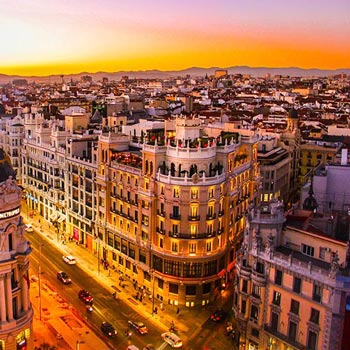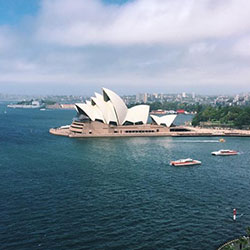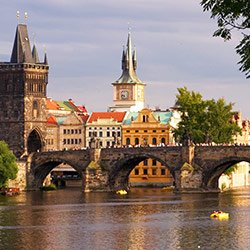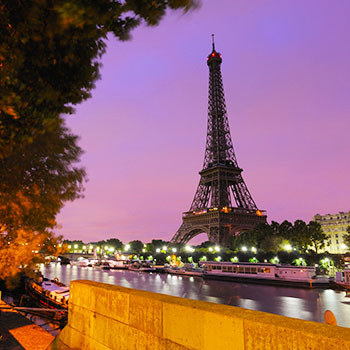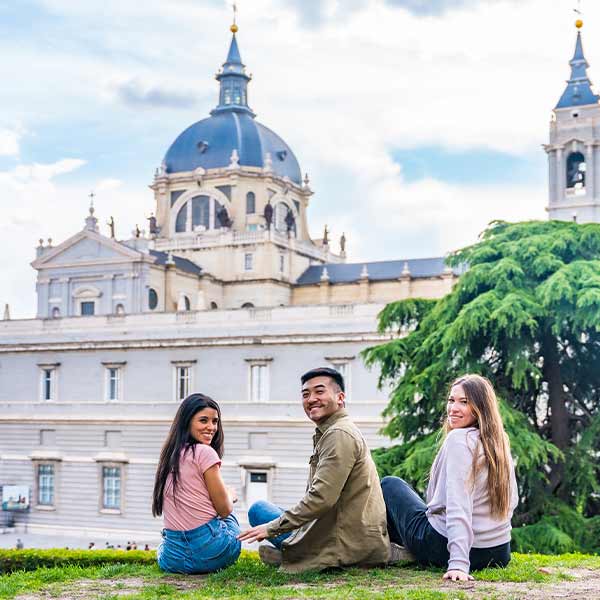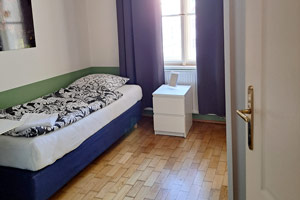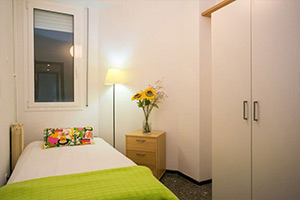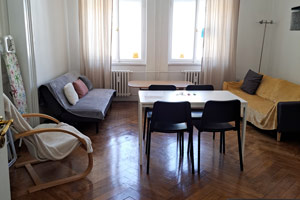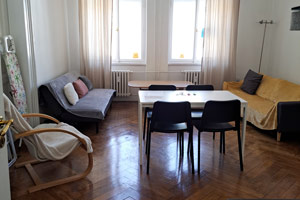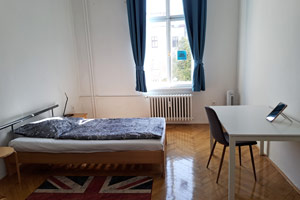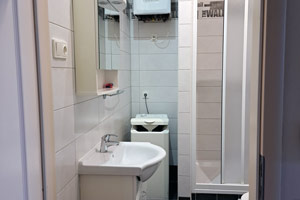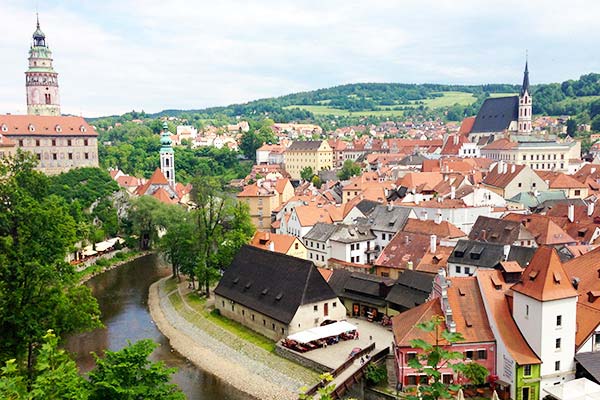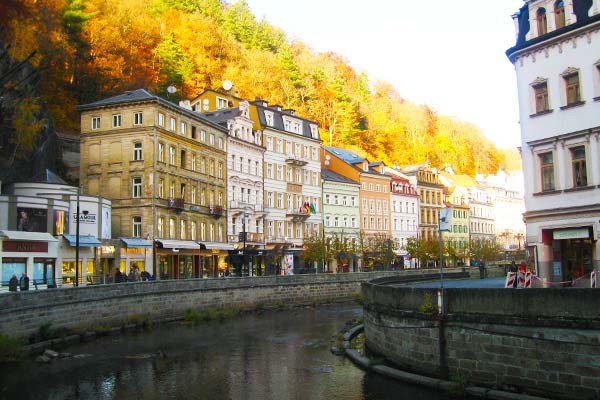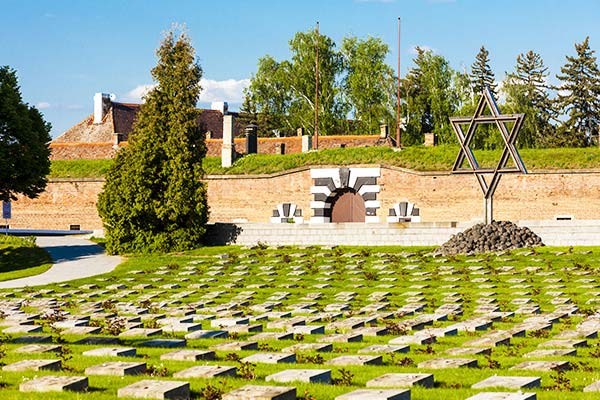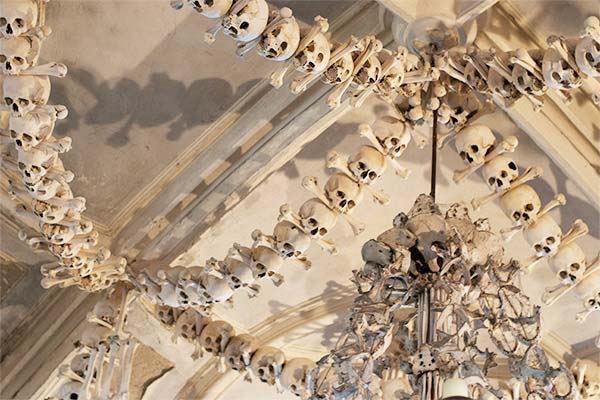
J-Term in Prague
Prague, Czech Republic
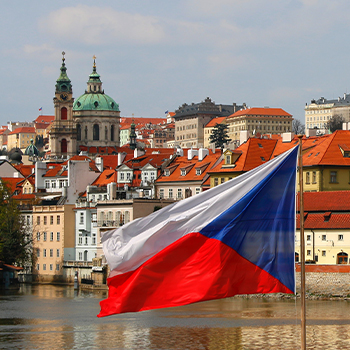
About the Program
Spend your January term exploring the fairytale-like atmosphere of Prague, one of central Europe’s most beautiful cities. In this program, you’ll have the opportunity to discover Prague’s traditional and modernist art and architecture; participate in guided tours of Czech breweries and local food markets; and experience other academic and social activities all while earning academic credit. Course instructors will turn the city of Prague into an extended classroom and encourage student engagement with the local community. Courses are offered in several subject areas making this a great program option for students in any academic major, and the January timing of the program provides a study abroad opportunity for those with other commitments during the rest of the academic year.
Requirements
Overview
Prague
12/28/23 - 1/12/24
$3,595
3
Deadlines
Closed
11/1/23
Requirements
Eligibility
2.5
High School Graduate
All Levels
Where You'll Study
Credits
Program Structure & Courses
Class meets in the morning most weekdays, and the active learning components required by your course will typically take place in the afternoon.
Prior to departure, you will select your preferred course. You will be enrolled into the course based on its availability. As a result, it is in your best interest to have alternative courses approved by your home university prior to your departure. Please consult with your academic advisor at your home university on credit pre-approval guidelines.
Please note, due to the length and intensity of the program, day excursions are not included.
All Levels Course Structure
Courses
The following courses have been confirmed for this term. Please note, the host institution reserves the right to cancel or change courses without prior notification.
*Courses with an asterisk indicate that the course has been associated with multiple subject areas.
Please click on the course title to view additional subject areas and detailed course information.
| Course Name | Level | Lang | Hours | Credits |
|---|---|---|---|---|
| Architecture and Art in the Golden City | 300 | En | 45 | 3 |
| Course Name | Level | Lang | Hours | Credits |
|---|---|---|---|---|
| Czech Culture, Food and Brewing Tradition * | 300 | En | 45 | 3 |
Interested in taking your career to the next level?
Where You'll Stay
*Housing options may change and will be confirmed on the housing application form prior to the start of the term. Below are the housing options that have been offered in the past.
Excursions
Get out and explore! Excursions are offered for most semester, year, and summer programs. Semester students are typically offered between two to three excursions and summer study students are typically offered between one to two excursions. You'll receive a calendar of excursions during orientation; here are a few day and overnight excursions we've offered in the past.
What's Included in your Program
From housing to excursions, our programs include a variety of inclusions to enhance your study abroad experience! Here are examples that may be available in Prague. Inclusions vary by program – please contact our Enrollment and Advising team to find out what options are available for you.
- Personalized Pre-Departure Advising
- Visa & Immigration Advising
- Financial Advising
- Tuition and Registration
- Airport Pick-up
- Onsite Orientation
- City Tour
- Onsite Staff Support
- 24/7 Emergency Assistance
- Travel Medical Insurance
- International Emergency Service Support
- Welcome & Farewell Events
- Centrally Located Housing
- Wellness Activities
- Cultural Engagement
- Volunteer Opportunities
- Excursions
- Student Clubs & Organizations
- Host Institution Services & Amenities
- Career & Re-entry Workshop
- Official Transcript(s)
Sample Calendar
Below is a tentative itinerary for your program. Please note, dates and events below may change without prior notification. Contact CEA CAPA before purchasing airline tickets.
You will receive a finalized itinerary once you arrive onsite.
Note: Additional cultural activities/excursions or required course-related activities may be incorporated into your final itinerary. You are advised not to make personal travel arrangements until you have the final dates.
| Date | Description |
|---|---|
|
December 28
|
Arrival/Program Begins
Official Program Start Date. Students must arrive at the Václav Havel Airport on this date in order to be eligible for airport pickup. Students will then be transferred to their assigned housing. |
|
December 29
|
Orientation
Mandatory CEA Orientation will be held + welcome lunch. |
|
January 01
|
Holiday
New Year's Day. No classes will be held. |
|
January 11
|
Final Exams
Final exams will be held at CEA Prague Center + Farewell Lunch. |
|
January 12
|
Program Ends/Move-Out
Official Program End Date. Students must move out of housing no later than this day. |
Sample Budget
This budget contains costs that you can take to your financial aid office. Please note that amounts may fluctuate; we've included a range of costs.
Federal law allows the use of financial aid to cover "reasonable" costs of study abroad including round-trip transportation, tuition and fees for the program, living costs, passport and visa fees, health insurance, and more.
Please note that all costs and charges listed below are subject to change without notice. With the exception of Program Price, all costs are estimates and may vary.
